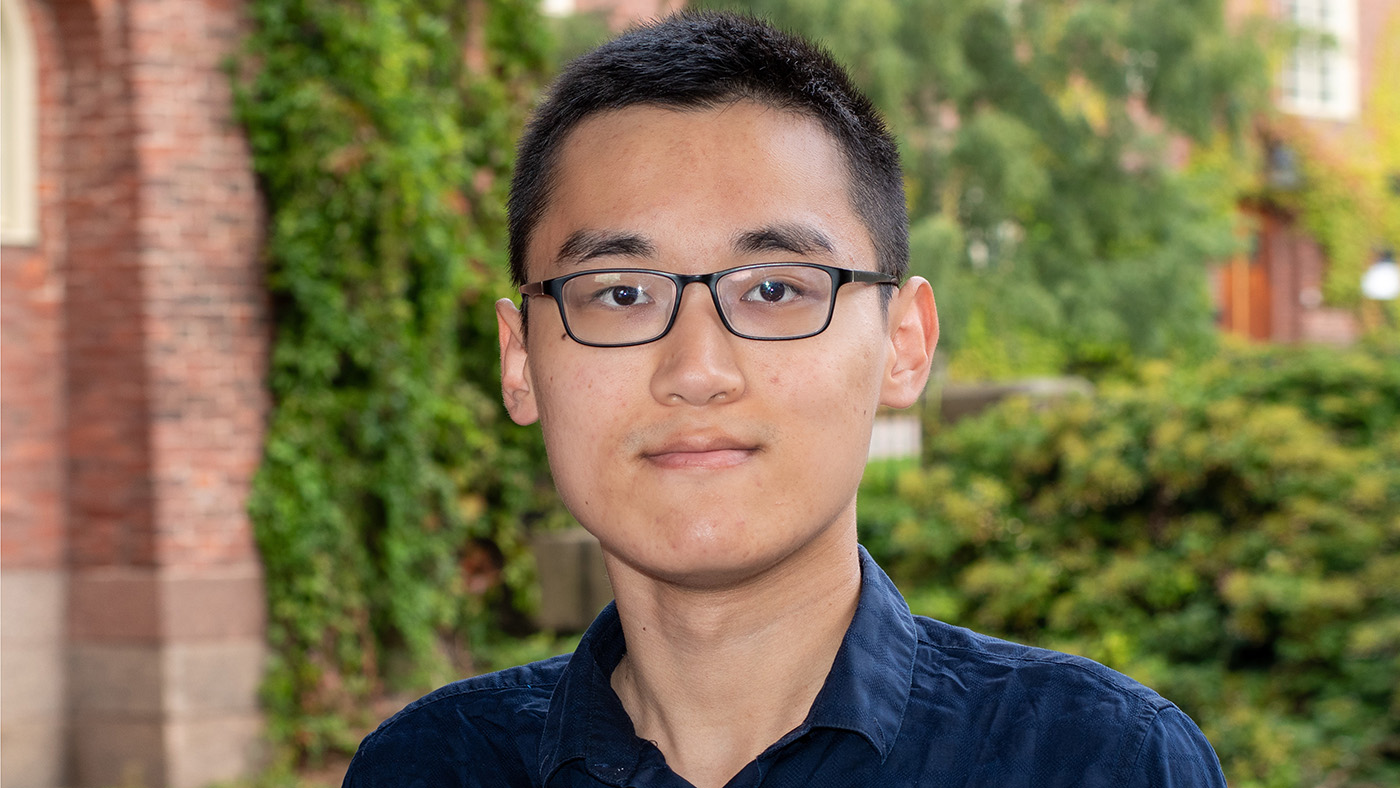A graduate of KTH’s Master’s program in Information and Network Engineering, Ci Song completed his thesis on automated fault detection for HVAC systems. As a new PhD student at Dig-IT Lab, he focuses on designing trustworthy digital twins for smart buildings in collaboration with industry partner Einar Mattsson.
Hello Ci, what is your project about?
The project is about trustworthy digital twins for smart buildings, focusing on representativeness, fairness and privacy. The digital twin is a real-time model that can be used for predictive maintenance, synthetic data generation and energy management. We plan to start with the design of a dependency graph model because it makes the digital twin transparent and easier to analyse. It also enables performance prediction and provides analytical guarantees on trustworthiness. For instance, it should allow us to reduce the bias and redundant information in the model for specific purposes, which enhances trustworthiness. After the basic principles have been developed, we will make it real-time and apply it to broader scenarios.
Why did you choose this project?
My previous studies during my Master’s included courses and projects in information theory, signal processing, pattern recognition, and machine learning. The knowledge can be used in the design of digital twins and analysis of information-theoretic privacy. Moreover, I have processed data from buildings during my Master’s thesis project, which is helpful for my design of digital twins for buildings. Last but not least, I think that my previous studies lack evaluation or guarantee of the trustworthiness of models, although this is important for the stakeholders. As a result, I think the design of trustworthy digital twins is a meaningful project for both theoretical research and real-life applications, and I want to contribute to it.
How will you provide the privacy guarantee for your solutions?
In our current research team, together with my PhD supervisor, there is strong expertise in the area, including the use of methods like Pointwise Maximal Leakage (PML). I plan to apply this to the dependency graph and datasets. The effects of different levels of privacy guarantees will also be tested.
How will you cooperate with the industries?
Our industrial partner Einar Mattsson shares data from some of its properties with us. We will generate the dependency graph first, and then apply the graph to some downstream tasks, like prediction and fault detection. We plan to use historical data in the beginning and make it real-time in the future. Once we have developed the design method with the Einar Mattsson use case, we will apply it to more use cases, such as automated data quality assessment and methods to enhance data quality, which seems to be an issue for several centre partners.
How does this research strengthen Dig-IT Lab?
This project contributes to the Dig-IT-Lab through the design of more reliable and private digital twins for buildings and functions like synthetic data generation and predictive maintenance.

